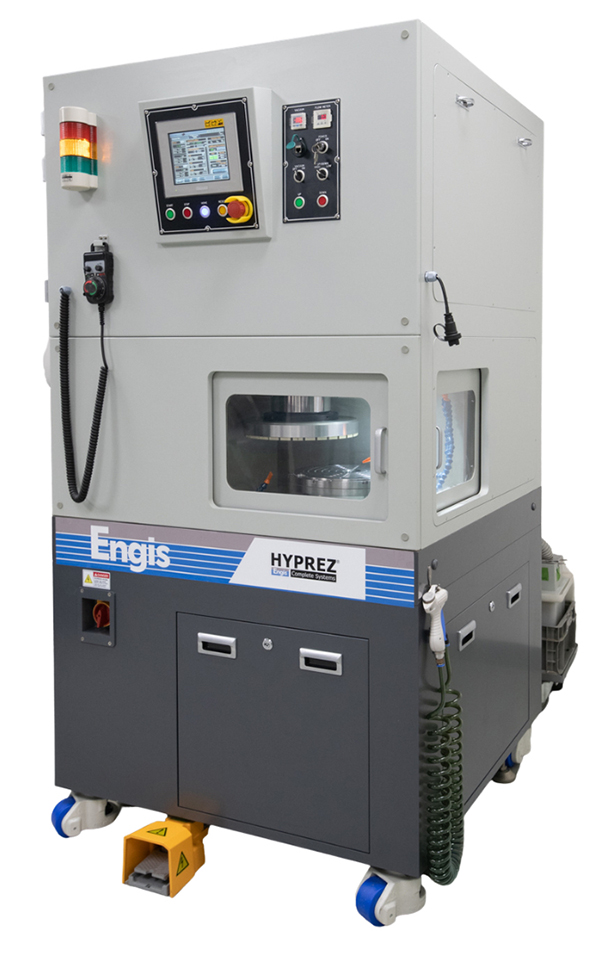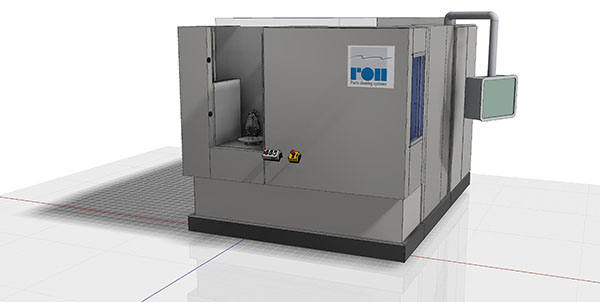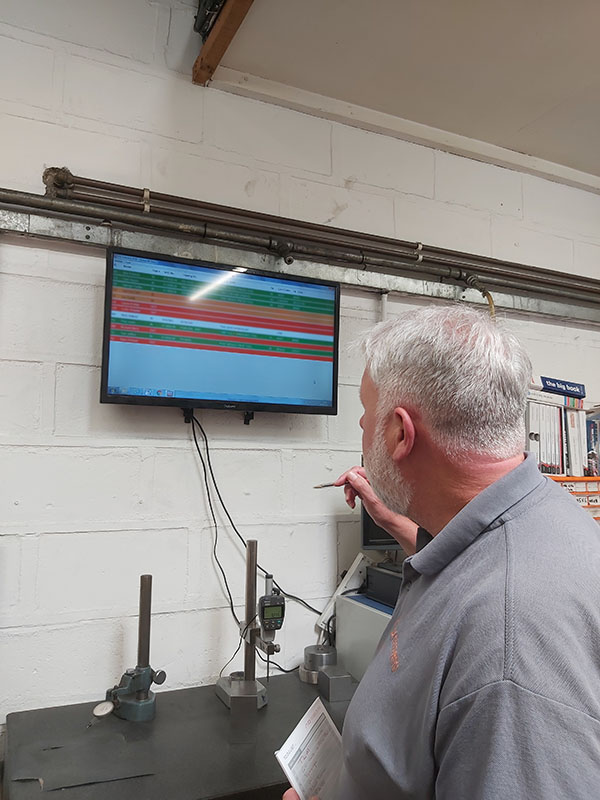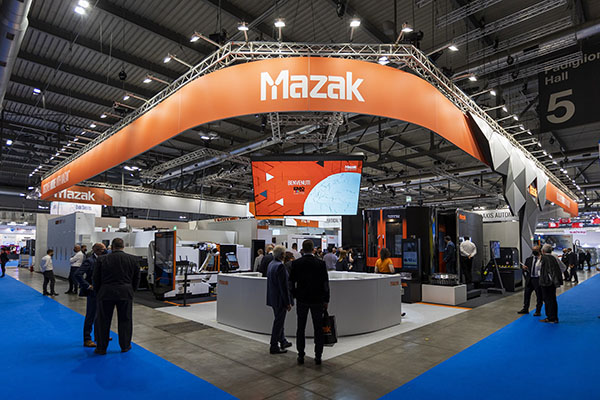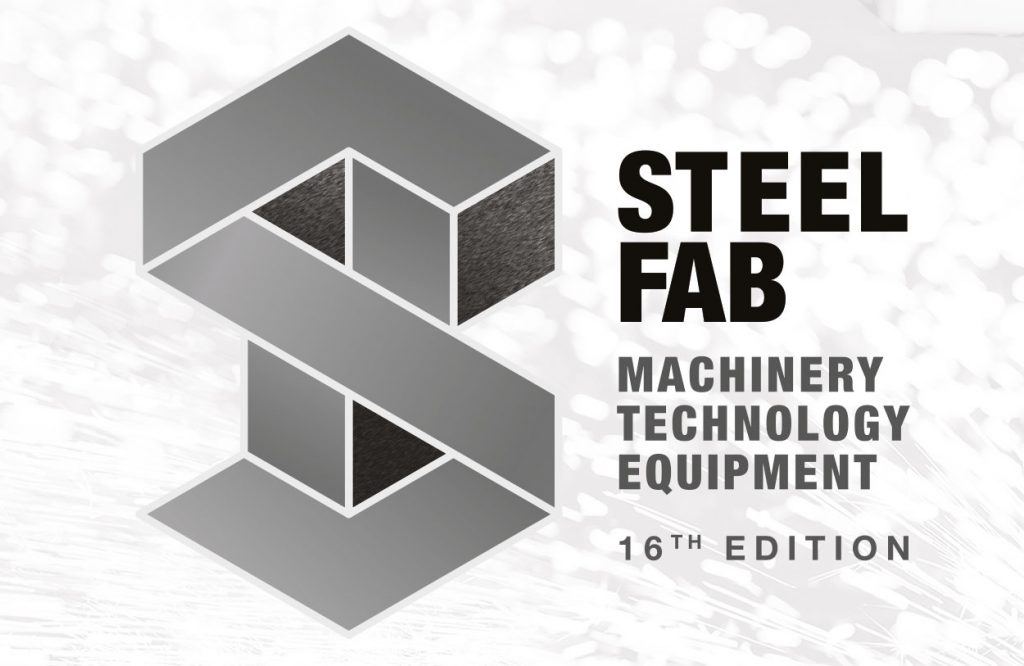
Superabrasive specialist Engis is releasing its EVG series of high-precision vertical grinding machines for the production of ultra-smooth surfaces. These machines can grind advanced materials to a high degree of precision in flatness and surface quality, greatly reducing or even eliminating the need for subsequent lapping.
Ideal applications for EVG series machines include semiconductor wafer grinding or back-thinning (SiC, GaAs, Sapphire, Si, GaN, AIN, InP), semiconductor equipment components, glass ceramic, as well as substrates for semiconductor packaging, including MEMS (ceramic, polyimide).
Engis EVG machines are available in three different models, the EVG-200, EVG-250 and EVG-300, all of which offer a PLC, 400 rpm work table speed and 2000 rpm max wheel speed.
Advanced machine control options are available, providing automated grinding wheel dressing, automated positioning of the grinding wheel relative to the workpiece and workpiece thickness measurement. For maximum control, an upgrade to in-process thickness measurement with feedback to the grinding cycle in real time is also available.
The most advanced model offers automated thickness options: multi-point contact probing for multiple wafer grinding or a choice of contact or non-contact continuous in-process measurement for single wafer machining.
EVG Series machines are equipped with Engis grinding wheels based on mixed abrasive diamond (MAD) wheel technology, which tailors the wheel to the material in cut. Engis specialist application engineers can provide specific process recommendations for particular materials and applications.
For further information
www.engis.com






